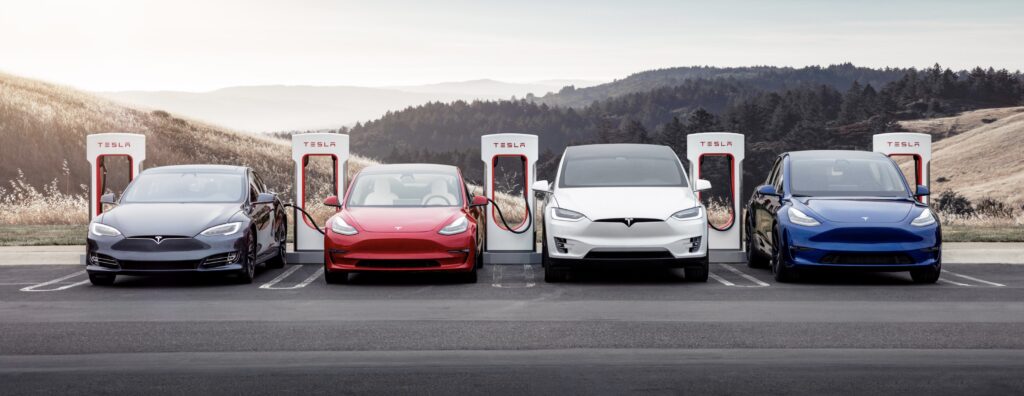Charging an electric car is different from filling up a petrol/diesel vehicle with fuel; electric car drivers plug-in whenever they park and return to a vehicle with a fuller battery than when they left it.

It’s best to think “where do I park most regularly?” and look to use charge points installed in these locations. For most people that means home, work and other destinations.
Charging at home
As long as you have off-street parking, you can charge your electric car at home by having a dedicated home charger installed. This is usually the most convenient place to charge, particularly when you can plug-in overnight.
- A dedicated home charging point will give you the fastest possible charging speeds, typically between 10 and 30 miles of range per hour plugged in.
- It will have built-in safety features and, if it’s Wi-Fi enabled, access to additional smart features like energy monitoring and over-the-air software updates.
- Most home chargers have a cable attached, which you typically just plug in to your vehicle to start charging.
Charging at work
It is highly convenient to charge at work, because, much like charging at home, your car is often parked for an extended period during the day.
Many organisations are now installing charging stations for staff and visitors as a perk, for sustainability reasons or to facilitate the switch to an electric fleet.
- Workplace chargers typically offer the same charging speeds as home charging and normally have universal “Type 2” sockets, which mean you will need to take your own cable to the units.
- Depending on your organisation’s preference, your charge may be started by simply plugging in, as with a homecharger, or by using an RFID swipe card or an app on your smartphone.
Charging at public places
You can charge your car when parked in public locations, like at the supermarket, gym, cinema, retail parks, town-centre car parks – you name it.
It’s not usually necessary to fully charge your battery at your destination, but frequent top-ups mean that you don’t run low or have to wait while your battery recharges from empty.
- You’ll need to bring your own charging cable and often need to download a smartphone app to start your charge (although in some cases it’s as simple as just plugging in).
Source pod-point.
